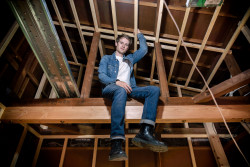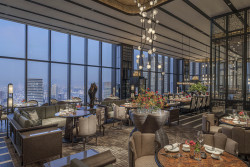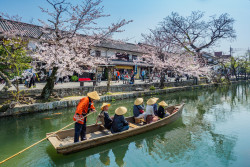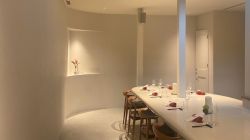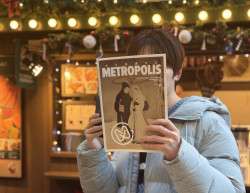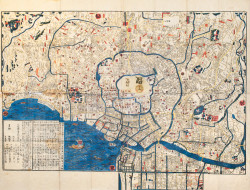
September 21, 2011
Fumio Nanjo
The Mori Art Museum Director talks Metabolism in this exclusive interview
By Metropolis
Originally published on metropolis.co.jp on September 2011

What is the aim of the “Metabolism” exhibition at the Mori Art Museum?
To introduce the most important architectural movement in postwar Japan to a Japanese audience, as well as visitors to the UIA. Metabolism is also a great source of inspiration for the reconstruction of Tohoku, so the exhibition is quite timely.
Are there any pieces you particularly like in the exhibition?
A Plan for Tokyo 1960 by Tange Kenzo is one of the most well-known proposals from the 1960s. It was the most fantastic vision of the future city. It looks like a dream but might be realized one day.
How difficult is it to represent architecture through a gallery exhibition?
Models and drafts are the basic items of the show, so how to vitalize the exhibition was the biggest question. Fortunately we were able to produce six new CG videos to illustrate the vision of the future city. Also we were able to bring a real capsule unit from the Nakagin Capsule Tower building. Though futuristic in vision, this object is now a historical object, as well as a real piece of architecture.
Is Metabolism still alive as an architectural movement?
I believe so. Japanese architecture is currently the strongest internationally. The base of the strength must have come from the vision and philosophy of the Metabolists, who preceded the present generation of young architects. Metabolism proposed a lot of interesting ideas and these are being carried on by the new generation. How do you feel about the demolition of the Nakagin Capsule Hotel? It is not nice but if we cannot stop it, we should preserve at least one unit of it for Tokyo’s museums. The UIA is being held this year in Tokyo for the first time.
Do you think this will have an effect on the architecture industry here?
The architecture industry is already strong and advancing. So it will not make a big change but certainly, in the wake of the disaster, it will encourage not only architects but the public in general.
How do you see the future of Tokyo architecture?
We need more inspiring city planning⎯not in design, but in a concept which brings a new vision of the future city.
Metabolism, The City of The Future. Mori Art Museum, until Jan 15. (listing).
